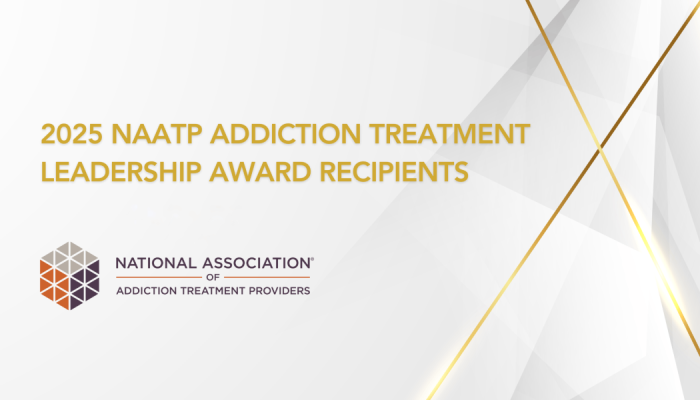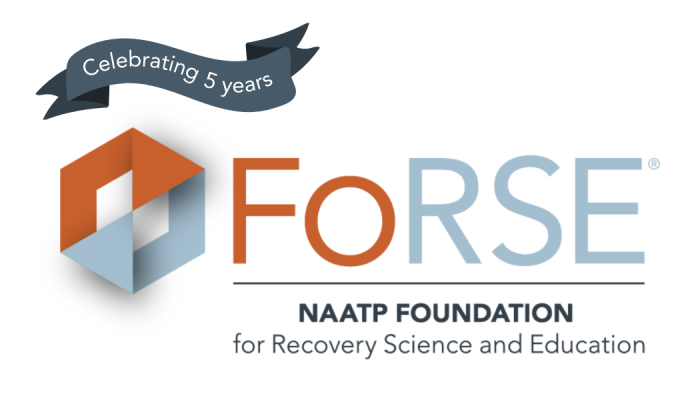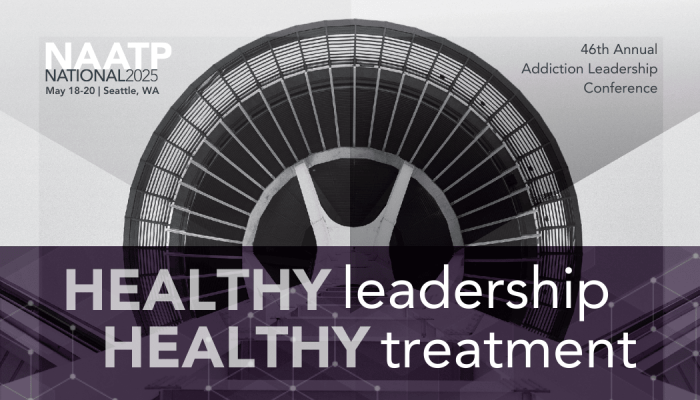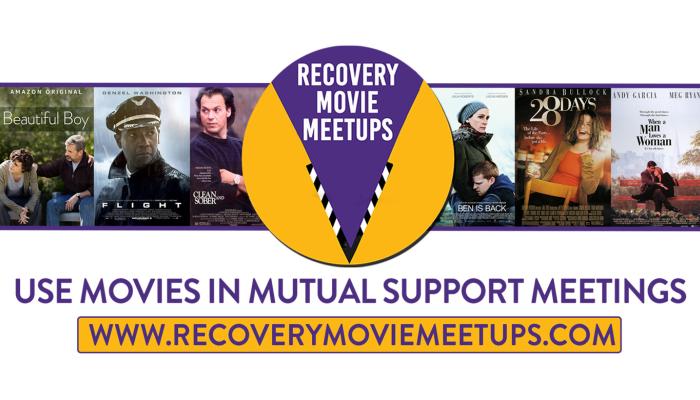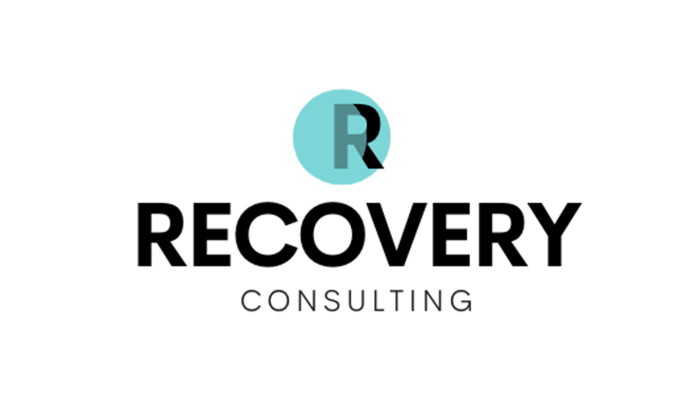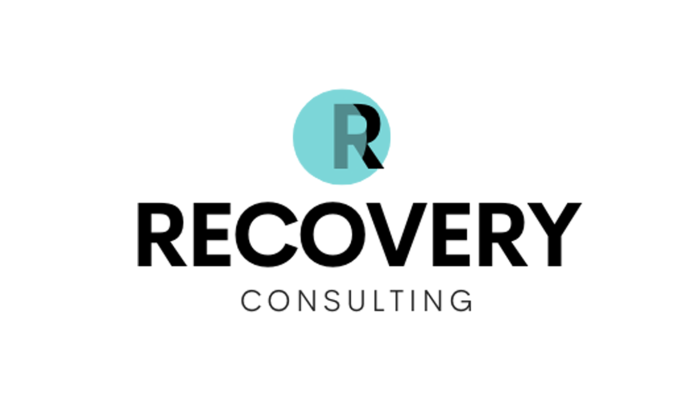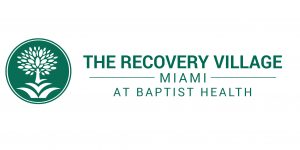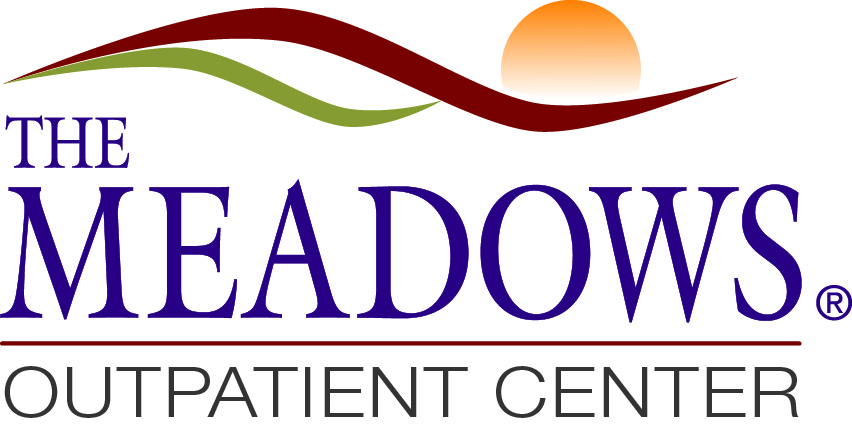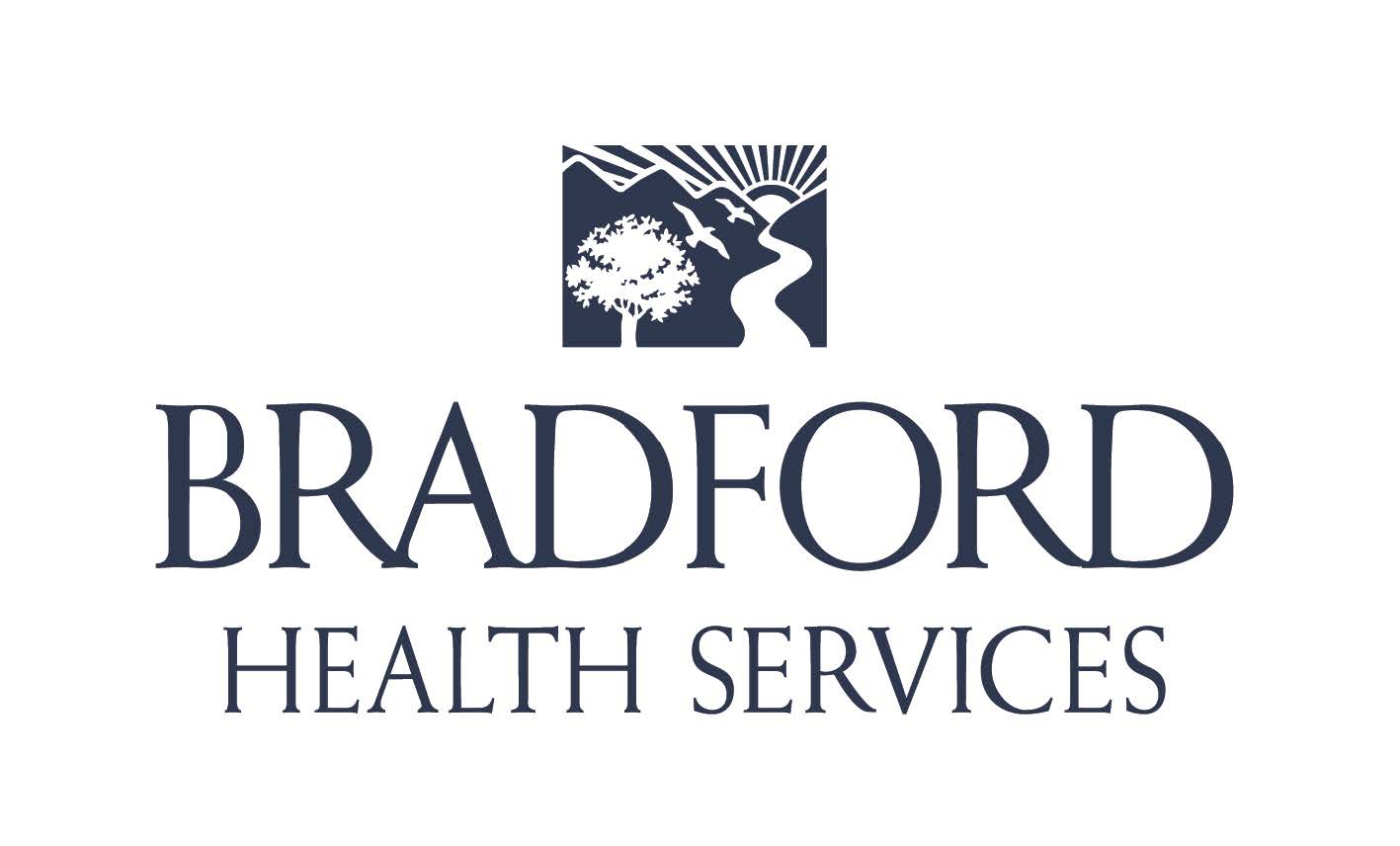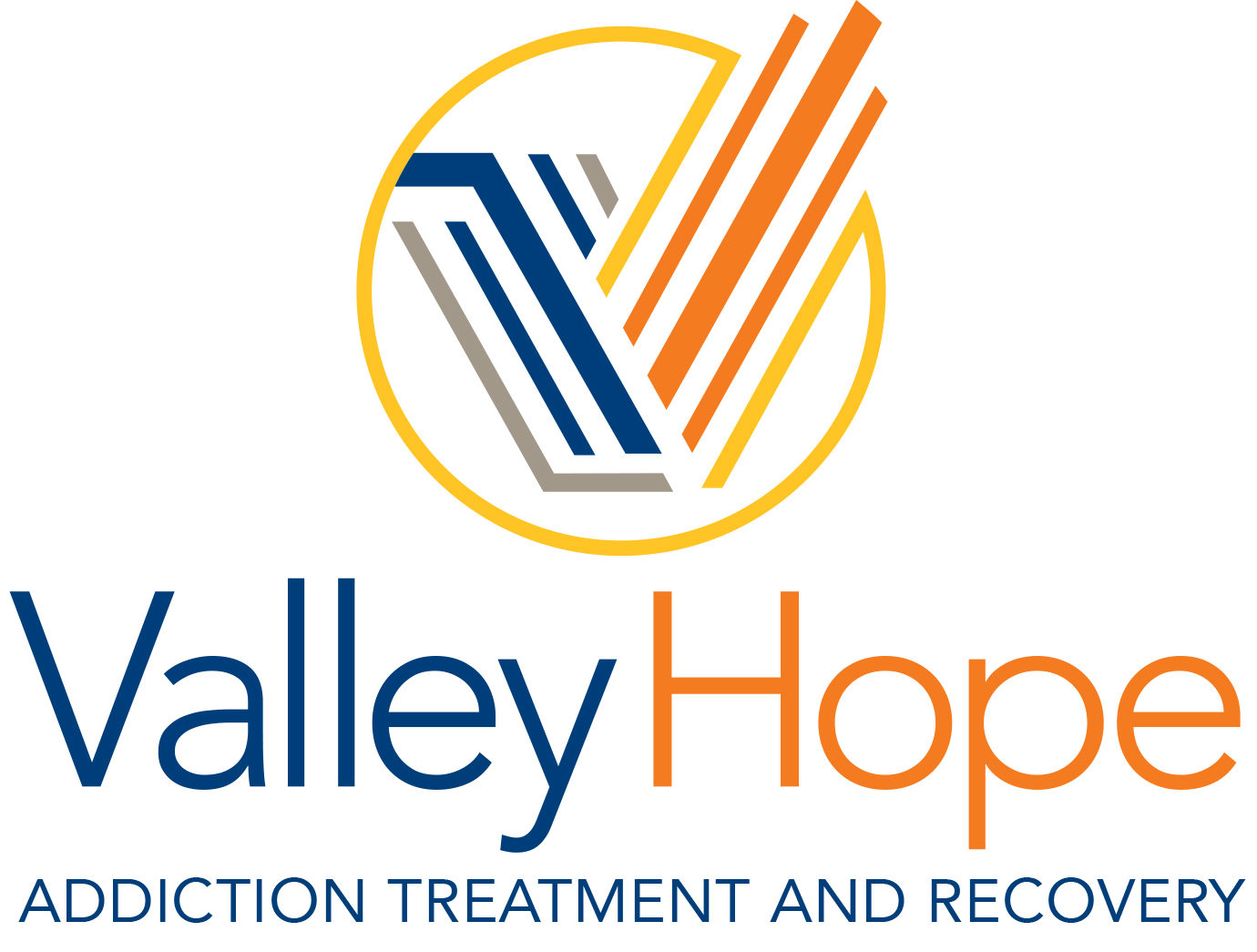Addiction treatment programs should be tailored to fit the needs of each individual. Several factors, including the severity of one’s addiction and length of time someone has used drugs or alcohol, impact the decision of which type of care to seek. For this reason, different levels of care exist within the addiction treatment industry.
The phrase “continuum of care” describes the full list of steps in the addiction treatment process. In order, these are consultation, intervention, medically supervised detoxification, residential or inpatient treatment, outpatient programs (PHP, IOP, or general outpatient programming), transitional or sober living, and aftercare or continued care services. Read on to learn more about each of these facets of addiction treatment.
Consulting
Recovery consultants provide insight to families during the early phases of addiction treatment. They can give advice about interventions, which level of treatment would be most effective, or where to find a rehab center that is a good fit for a loved one’s needs. They also provide direction for dealing with those who are high-risk and serve as an advocate during the process of seeking care.
Intervention
Interventions are often the first step made towards encouraging a loved one to seek treatment for a substance use disorder. In an intervention, the affected parties – family, friends, and colleagues – will gather to explain to exactly how the addict’s substance use affects others. These conversations are highly structured and often involve the assistance of an intervention specialist, who can guide the intervention to result in a desirable outcome.
Inpatient Detox
Detoxification is an initial step in the addiction treatment process. Before therapeutic approaches can be effective, individuals need to eliminate all traces of drugs and alcohol from their bodies. For some individuals, the risk of relapse is too great, or withdrawal symptoms may have potentially fatal consequences – those addicted to alcohol, benzodiazepines, or opioids are the people who most often require inpatient detoxification. During detox, withdrawal symptoms are managed with medication and clients are overseen by medical professionals. Individuals remain in these programs until they are physically and psychologically stabilized, at which point they will be able to move on to residential or inpatient treatment.
Primary Residential
All residential programs require that individuals live on campus for treatment, which may last anywhere from 30 to 90 days. Residential programs include both individual and group therapy, along with alternative forms of treatment like experiential therapy, art therapy, music therapy, and mindfulness practice. Medication management is included on an as-needed basis.
Day Treatment (PHP)
Day treatment, also called a Partial Hospitalization Program, allows individuals to attend treatment throughout the day while still living at home. Sessions include individual and group therapy, along with medication management services as needed. Because of the hours that the program requires, people will need to take time off of work in order to participate. This higher level of care will hopefully lead to a step down to a standard outpatient program.
Intensive Outpatient (IOP)
IOP programs take up less time than PHP programs, which allows clients to attend school or work on a part-time basis while also living at home. Some programs are nightly, allowing for other full-time commitments during the day. Sessions include individual and group therapy, along with case management and medication management services. Depending on a person’s situation, participation in the program can last for weeks or months at a time.
Outpatient Treatment
Outpatient services vary depending on the provider. This is the lowest level of care and may include individual and group therapy, alcohol or drug testing, medication management, or addiction counseling. Those participating in outpatient programs should also become regularly active in AA or NA meetings.
Extended Care
Extended care is an offering with different definitions. It may include stays at a treatment center beyond the traditional 30-, 60-, or 90-day accommodations. It also refers to participation in step-down levels of care, such as outpatient treatment services, sober living homes, or participation in peer support groups after discharge from one’s residential treatment program.
Transitional Living
Intended for those who have completed residential treatment, transitional living assists with the adjustment back to the “real world.” This is a step down from the highly structured environment of a treatment center, and often includes sober coaching or case management services.
After Care
After care programs vary depending on the facility. Often, they will include arrangements for sober living or transitional living houses, medical checkups, follow-up therapy sessions, alumni groups, and support groups. Some centers may also offer financial planning, career consulting, or sober transportation services. Ideally, after care programs will bolster one’s community involvement and provide ongoing therapeutic support.
Sober Living
This low level of residential care provides drug testing services along with additional measures of accountability to ensure lasting sobriety in daily life. Sober living homes are generally gender-specific, and they often connect residents with external services such as therapists and AA or NA meetings.
Addiction Treatment for Every Level of Care
Addiction treatment isn’t one size fits all, which is why it is important to select a provider that fits the needs of each individual. NAATP’s Addiction Industry Directory allows the public to search for treatment providers, categorized by both location and level of care. Click here to browse the directory. All provider members are licensed to provide the addiction services listed and have agreed to abide by the NAATP Code of Ethics.




